Is commercial aviation getting closer to flights that include single-pilot operations? As the calls for them increase, so do the objections.
From the outside, it seems like a logical progression. The airliners of old had three people in the cockpit – unless you go back far enough to find even more. Roles and duties were eventually amalgamated to allow crew numbers to go down. New technology in automation helped there, as did many lessons in ergonomics.
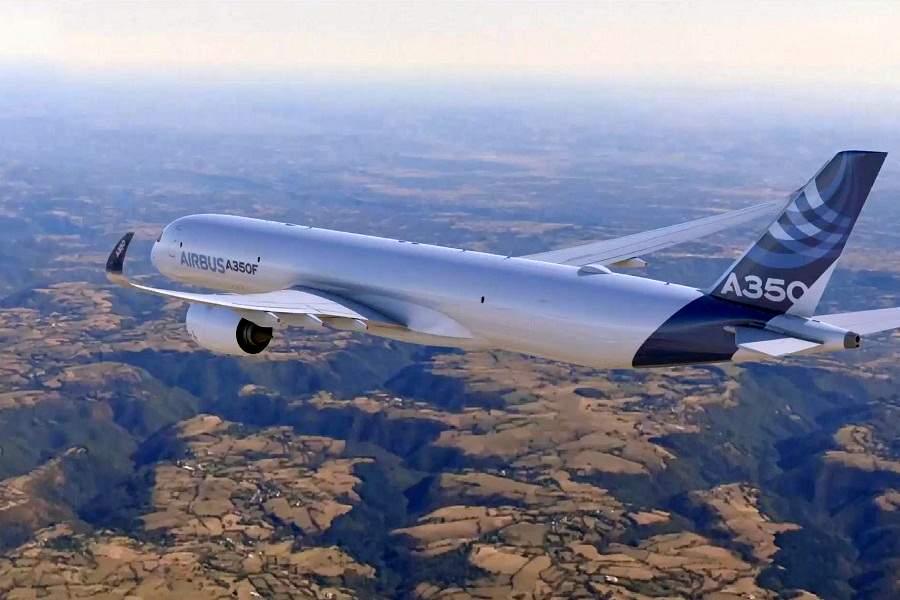
It stands to reason, then, that single-pilot airline flights are the next step, after those with two pilots. But as we’ve seen in previous articles, it doesn’t quite work that way. The airline world likes redundancy, and removing a pilot would only be possible if aircraft systems could take over that job. And these systems would need to prove that they can do so as a matter of routine, not just in an emergency.
This may seem unlikely, but single-pilot flights are in demand by the aviation authorities of several countries. Or to put it more correctly, these authorities are looking for “extended Minimum Crew Operations” or eMCO flights. This is the terminology that EASA, Europe’s aviation regulator uses. eMCOs would be long-haul flights, that would normally include an augmented crew of three or four pilots.
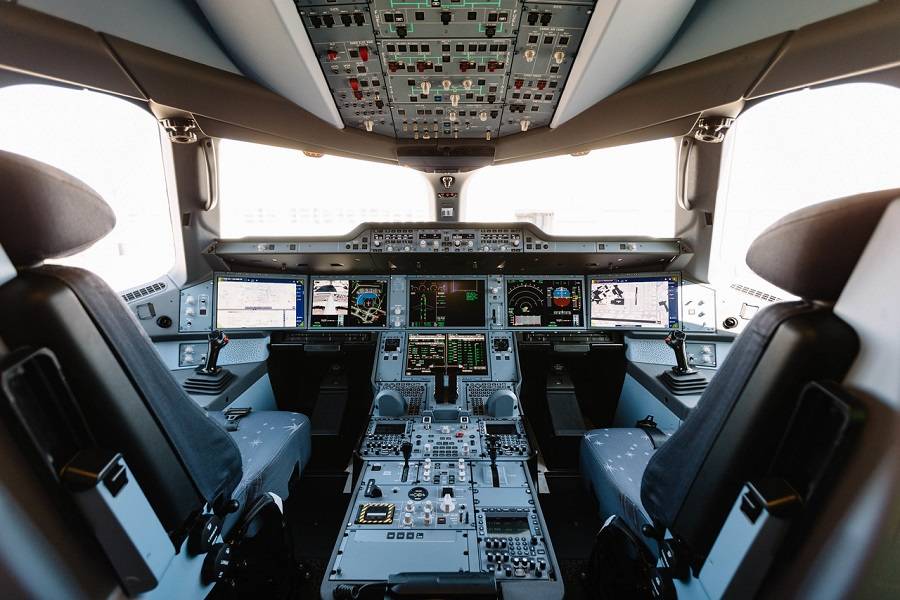
Flights With Single-Pilot Cruise
Under the proposed eMCO rules, these flights would include a single-pilot portion, for much of the cruise. Both pilots would be in their seats during critical phases of the flight, i.e. the take-off, climb, descent, and landing. In cruise, the pilots will take turns to rest, with one of them remaining alone in the cockpit.
For now, EASA includes rules for eMCO flights (and SiPO flights, i.e. Single-Pilot Operations) in its research programs. But the agency expects such flights to become possible before the end of the decade. However, this will only come after consultations and research on a number of problem areas with this concept.
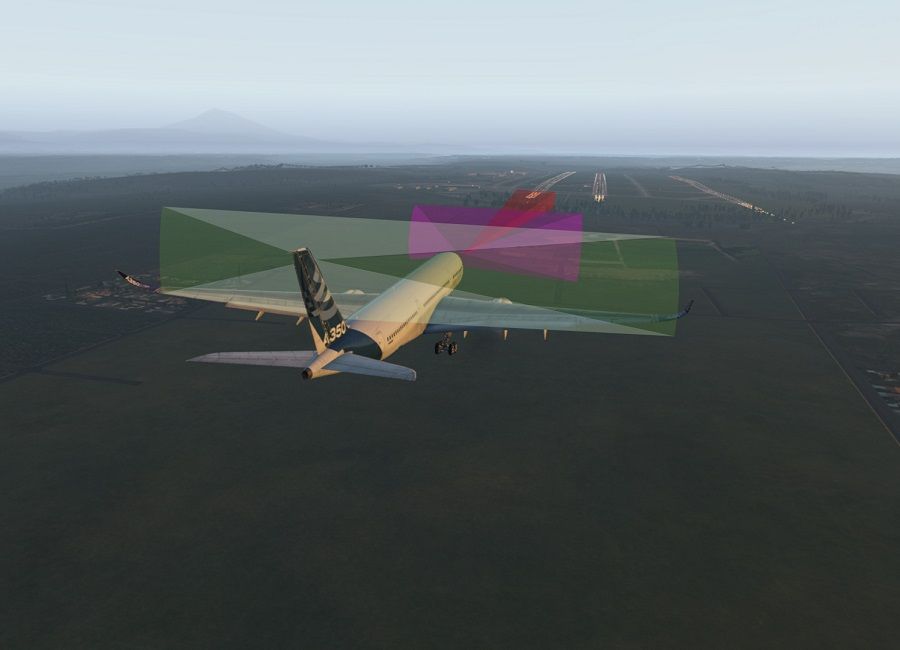
EASA wants to study the effects of single-pilot flights on pilot workload, during normal operations, and when things start to go wrong. New automation will need to kick in and identify pilot errors AND pilot incapacitation. Computers will also need to identify pilots suffering from fatigue. And on a less technological but equally practical note, there has to be a way for that lone pilot to visit the toilet…
Unsurprisingly, the idea of single-pilot flights has drawn increasing amounts of criticism. ICAO would have to sign off on the idea, since these would be long-haul flights, overflying multiple countries. So far, ICAO has discussed the matter but hasn’t decided on pursuing a timeframe to implement it. But the aviation authorities of over 40 countries have reportedly asked ICAO to do so.
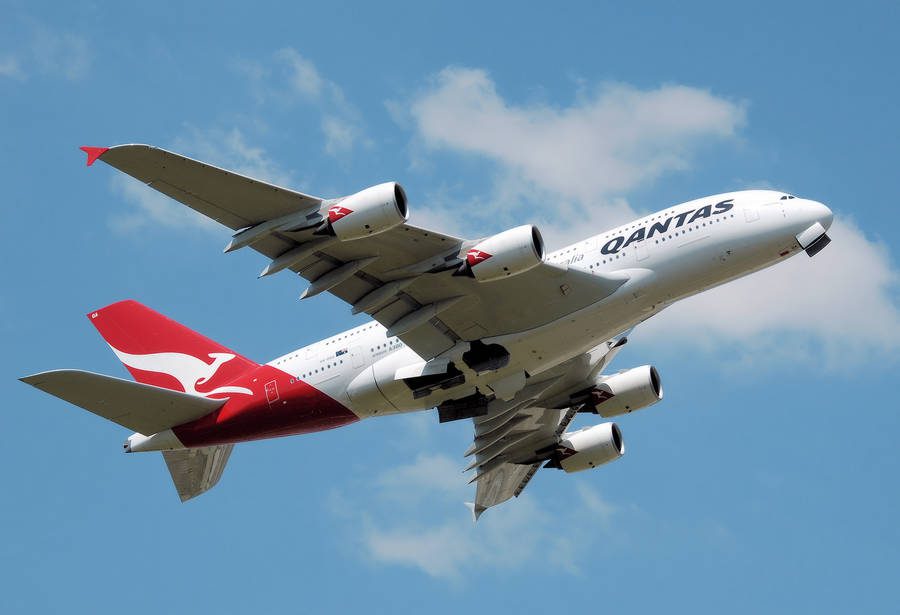
When Automation Is Part Of The Problem
Pilot unions and many prominent pilots have commented on the issue. Captain Richard Champion de Crespigny, the pilot in command of a Qantas A380 that suffered a multitude of system failures after an uncontained engine failure, is one of them. He pointed out that he had the talents of a total of five pilots in the cockpit, on flight QF32. The augmented crew of three also had a check pilot. AND another check pilot, to evaluate the first check pilot…
The captain pointed out that the multitude of ECAM warnings that this emergency faced, was an enormous challenge even for this crew of five. He doesn’t believe that handling such problems would be practicable in single-pilot flights. QF32 demonstrated that sophisticated automation can sometimes be counter-productive.
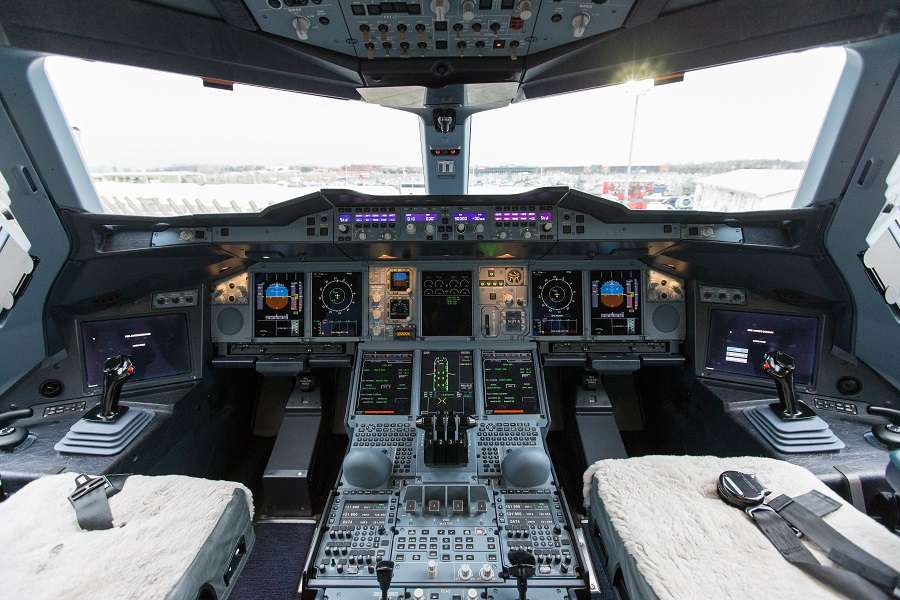
We have seen that there are many practical challenges, in making flights with single-pilot cruise portions practical. Cargo could see such flights come first IF enough countries allow them in their airspace.
But with many cargo operators using passenger-to-cargo conversions or existing jets, it’s unclear how many new-technology single-pilot aircraft could enter the market. However, it IS clear that passengers AND pilots really don’t like the idea.



